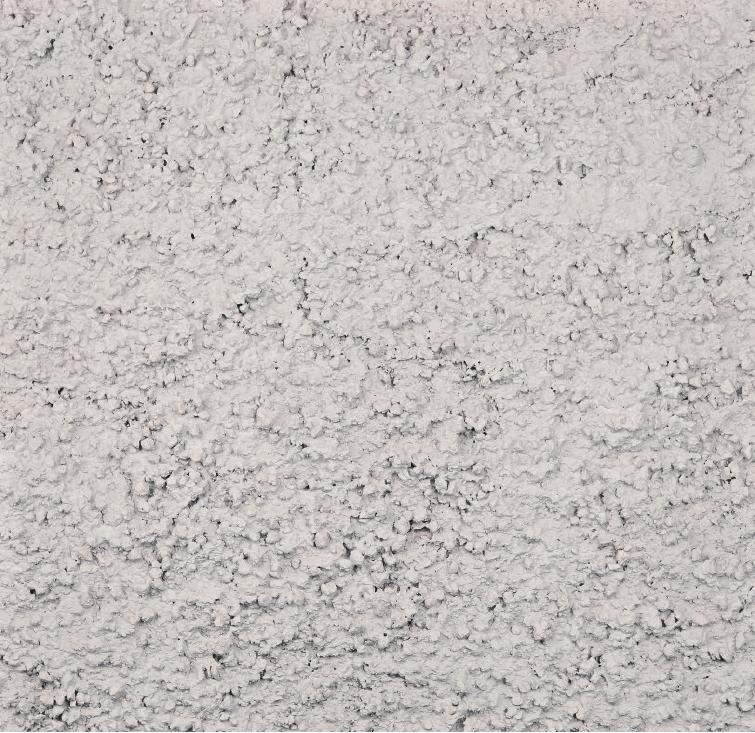Allgemein
Was tun mit Turin?
Einst stolzer Königssitz, später dynamische Industriestadt mit Fiat als Motor, schläft Turin heute als zweitrangige Provinzkapitale vor sich hin. Zwar gibt es einige Anstrengungen, sich als kulturelles und touristisches Ziel zu etablieren: die Olympischen Winterspiele von 2006, 2008 Internationale Designhauptstadt und Ort des UIA-Kongresses, 2011 Gastgeber der 150-Jahr-Feier zur italienischen Staatsgründung. Das barocke Stadtzentrum ist restauriert, neue Kulturträger wie das nationale Filmmuseum sind entstanden und das alte Fiat-Werk in Lingotto hat sich als Mall-Hotel-Kongresszentrum-Museum-Konglomerat bewährt. Die Ausstellung Torino 2011, die bis zum 12. Oktober gezeigt wird, zeichnet nach, wie die Verwandlung ablief. Wie aber geht es weiter? Darauf scheinen die Macher der Ausstellung keine rechte Antwort zu wissen, auch wenn sie das in sehr ästhetische und moderne Form kleiden. So setzen sie unter anderem Projektionstechniken ein, die dem Besucher erlauben, mit der Überblendung von Alt und Neu zu spielen. Dadurch wird klar, dass Turin bislang schnell auf den stadträumlichen Niedergang durch Werksschließungen und verödete Wohngegenden reagiert hat. Das neueste Projekt der Umwandlung, Spina 3, wirkt allerdings entmutigend: wie fallengelassen wirken die Baukörper, billig ausgeführt und ästhetisch unausgegoren. Mittlerweile haben auch hier Hochhäuser die Diskussion erobert, obwohl man die in Zeiten des Leerstands nicht braucht und ihre Platzierung im Stadtbild keiner zwingenden Logik folgen könnte. Die Stadt ist ohnehin nicht eng genug mit ihren Vorstädten verknüpft. Selbst die äußere Form der Ausstellung spiegelt das wider: Verloren in einer riesigen Eisenbahnwerkstatt stehen ein paar hölzerne Kisten mit den Exponaten. Ideal wäre, wenn Turin zu seiner alten kompakten Form zurückkehren, Vororte und Gewerbegebiete ebenfalls verdichten und durch große Parks verbinden könnte. ~dr
~Aaron Betsky
Turin: Stuck in Idle
What is to be done with Turin? It is not quite a »shrinking city« in the sense of most of the Ruhr Valley conglomerations or the former industrial centers in Eastern Europe, but it certainly has lost a fairly large percentage of an industrial base that was focused around the main Fiat automobile plant and its ecology of suppliers. Once the proud seat of a kingdom that then led Italy into independence almost a century and half ago, it is now a secondary provincial capital that does not even have direct air connections to almost anywhere. On the other hand, it was the site of the 2006 Winter Olympics, this year it is the International Design Capital of the world (and the site of the UIA congress), and in 2011 it will host the celebrations for a 150 years of Italian unity. It is, in other words, trying to convert itself from a place of production to a destination, a celebration city and a design(ed) artifact. An exhibition mounted to coincide with the UIA congress, Torino 2011, tried to show exactly how this baroque grid of a town is thinking to accomplish its objectives.
Much work has already been done. Most of the city’s historic core, with its squares, boulevards and monumental buildings forming an almost seamless baroque theater of urbanity, has been restored. New cultural institutions, such as the National Film Museum in the gloriously absurd heights of the Torre Mole, are drawing more and more tourists. Though most of the new arenas constructed for the Olympics, with the exception of the ice skating stadium designed by Arata Isozaki, are forgettable or worse, the renovation of the Lingotto Fiat factory into a combination of shopping mall, hotel, congress center and museum, though not very successful as a piece of architecture, has helped to revive this industrial area. Turin can thus claim that it has built the first pieces for a third act in its staged urbanity: after royal capital and industrial powerhouse it can now become a cultural magnet.
Yet the exhibition that meant to show the way towards that goal, curated by Carlo Olmo and Arnaldo Bagnasco, raised more questions about that future than it answered. For one thing, the authors seemed to have no clear idea of what the city should be, beyond that it should be fixed up. Their opening gambit, an oval room in which planned projects, including towers by Fuksas and Piano and the stations of the new underground line connecting Lingotto to the downtown area, stood around an ice-skating rink-shaped space. There, the organizers projected statistics about citizen’s preferences (they want nice, big apartments with all mod cons), immediately making it clear that this was not to be a presentation of visions, but a collection of small and tentative proposals and ideas.
That message was free. The paid part of the exhibition consisted of a series of wood boxes with pure white interiors arrayed in one of the halls of the former repair yards of the Italian railroad like dancing pavilions connected with wood walkways. Inside, the city’s recent past appeared not only in traditional forms such as copies of old architecture magazines and reproductions of plans, as well as a very few models, but also through the use of some rather innovative technology. One could move a large frame over a blurred projection to have scenes from the past come into focus, or one could point flashlights at a screen to wipe away old photographs and make scenes of contemporary Turin appear. Mixing social and economic history with architectural projects, Torino 2011 provided a strong picture of the city’s spatial decline as a mirror of economic developments. It made it clear that the city has reacted much more quickly and adroitly than most other manufacturing centers to plant closings and the decline of neighborhoods. The Lingotto Factory did not stand empty for very long, while at the much large Mirafiori plant in the suburbs, the city and province actually managed to convince Fiat to keep some of its manufacturing in place and found other uses for a large portion of the remainder of the space.
What were lacking, both in the exhibition and in Turin, were ideas about how the city could develop in innovative ways. Every solution appears as cobbled together as the Lingotto Factory, whose already slightly run-down mall, theaters, exhibition halls and offices create a confusing spatial puzzle that gives us almost no sense of truly using and celebrating the factory. The exhibition tried to claim that this was the point. In one typically prolix wall text, the organizers claimed that their aim was to present »…not an outline or final state, but [to] deconstruct a confrontation between a new urban policy and the expectations it has generated, by putting into relation all this with the way people living, working or passing by Spina 3 have taken possession of this space.« Yet the results visible in the exhibit on the third industrial area currently being recuperated, Spina, were disheartening: social housing projects, schools and office buildings plunked down without any sense of either historical or new identity, built cheaply and showing it, and of a design aesthetic one can only call profoundly confused. Is this really what people want or what comes out of a participatory design process? If so, is that what will really make Turin a better place?
The whole exhibition left one with the question of what it is that Turin actually thinks it is doing. Ironically for this »royal city,« it has emphatically renounced big ideas in urban planning. It is doing the right thing in trying to re-use as much of its former industrial sites as it can, strengthening a riverine ecology corridor along the Po River, coordinating and building out local and regional mass transit, and renovating its historic structures. But beyond that there does not seem to be much of an idea of what to do. For a city whose beauty is one of impossibly long axes anchored by the equally absurdly large residences of the House of Savoy, there is no urban design that seeks to tie sprawl to center, newly opened up spaces in industrial areas to more compact housing, or cultural artifacts that can become icons for the new Turin to each other and the city. Gregotti tried with a more or less grandly axial plan for Spina in 1995, but did not succeed in seeing his vision realized. Now there is much talk of skyscrapers, but it is unclear why they are needed in a city with high rates of vacancy, and their siting seems to be unrelated to the city’s logic, either past or future.
In this way Turin’s past successes may be working against it. Perhaps it feels as if it does not need to work with radical ideas such as turning former industrial areas into parks, as was done in the Ruhr Valley, or of creating infrastructural nodes of Piranesian brilliance, as Lille did. Ideally, it would go back to its former glory as a compact urban compound, perhaps connected by vast new parks and infrastructure to equally compact urban areas in places such as Lingotto or even further afield. This, however, would mean wholesale demolition and restructuring. If Detroit does not dare to do this, why should Turin?
Ironically, the very site of Torino 2011 posed the problem of the beauty of a useless past and its pull on tomorrow in the very way these little pockets of technology spread out through the vast halls of the train repair shop. Every time you moved out of the white exhibition boxes, you found yourself in a much grander space of steel and brick redolent of the industrial revolution. At the end of the exhibition, where the curators showed the attempts to create a new transport and nature infrastructure in little screening booths, you could instead look out at the halls that are still completely empty, full of the romance of past production and future possibilities. This was as exhilarating as the view from the front of the main train station to the royal palace in the old core. To fill in such spaces Turin will need a lot more than a few containers full of mediocre ideas.
Aaron Betsky ist Direktor des Cincinnati Art Museum und Kurator der diesjährigen Architekturbiennale. Bis 2006 leitete er das NAI, davor war er Kurator für Architektur, Design und Digital Projects am San Francisco Museum of Modern Art. Als studierter Architekt verfasste er rund ein Dutzend Bücher über Architektur und Design, im Herbst erscheint »What is Modernism«.
Teilen:






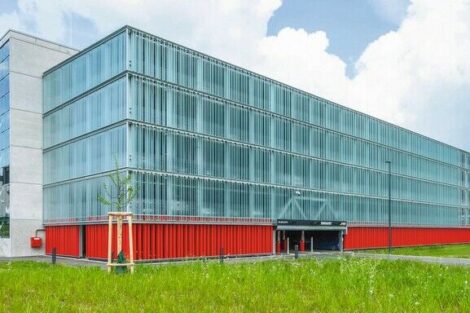
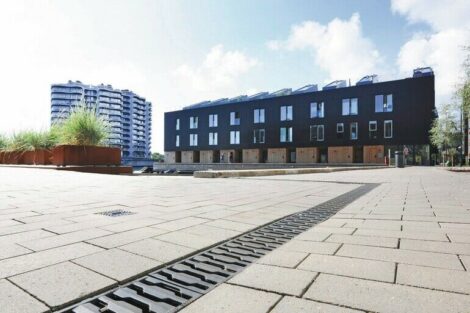
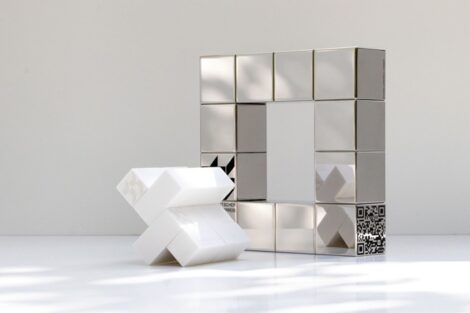
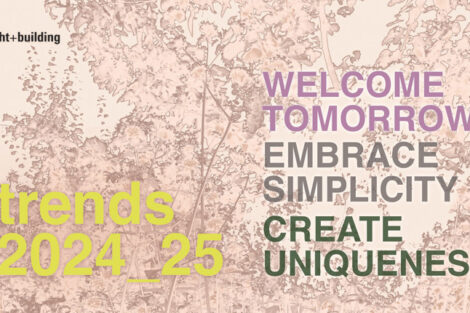
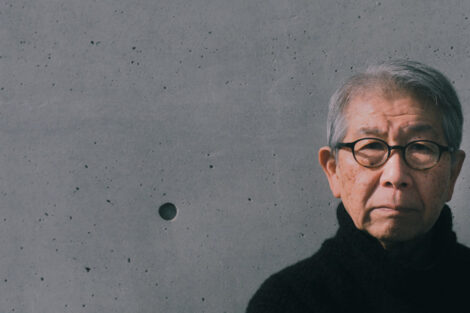
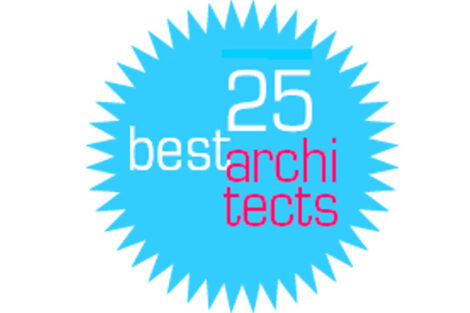
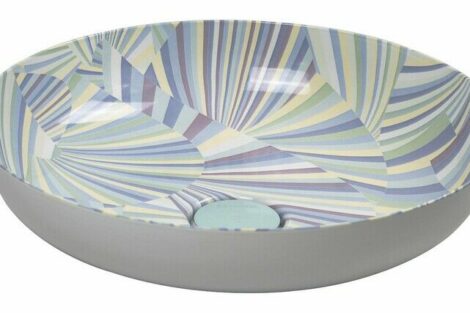
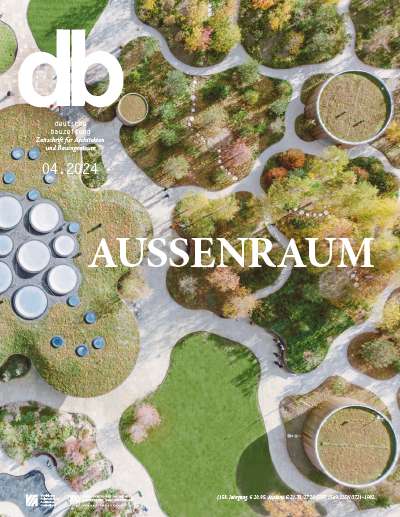

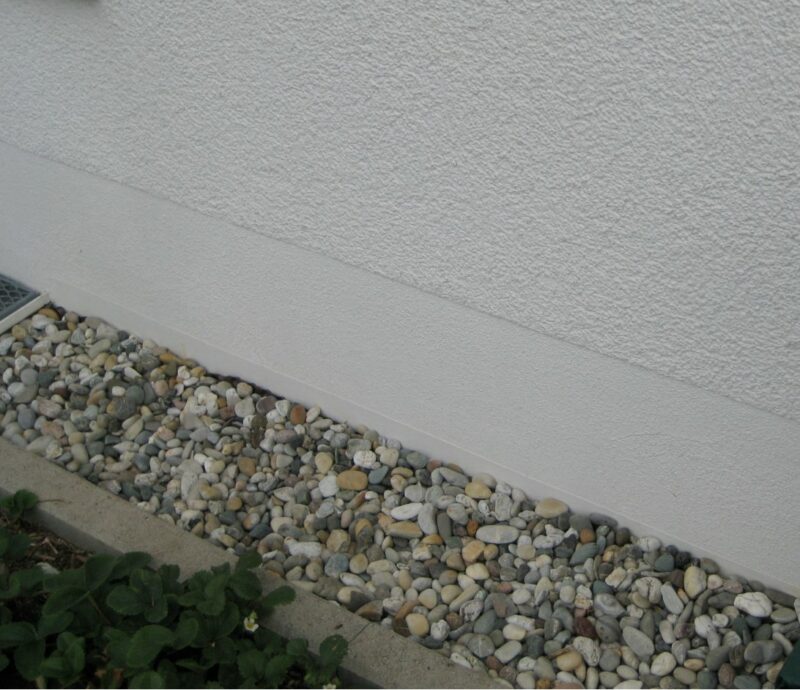
 Trockene Socken
Trockene Socken